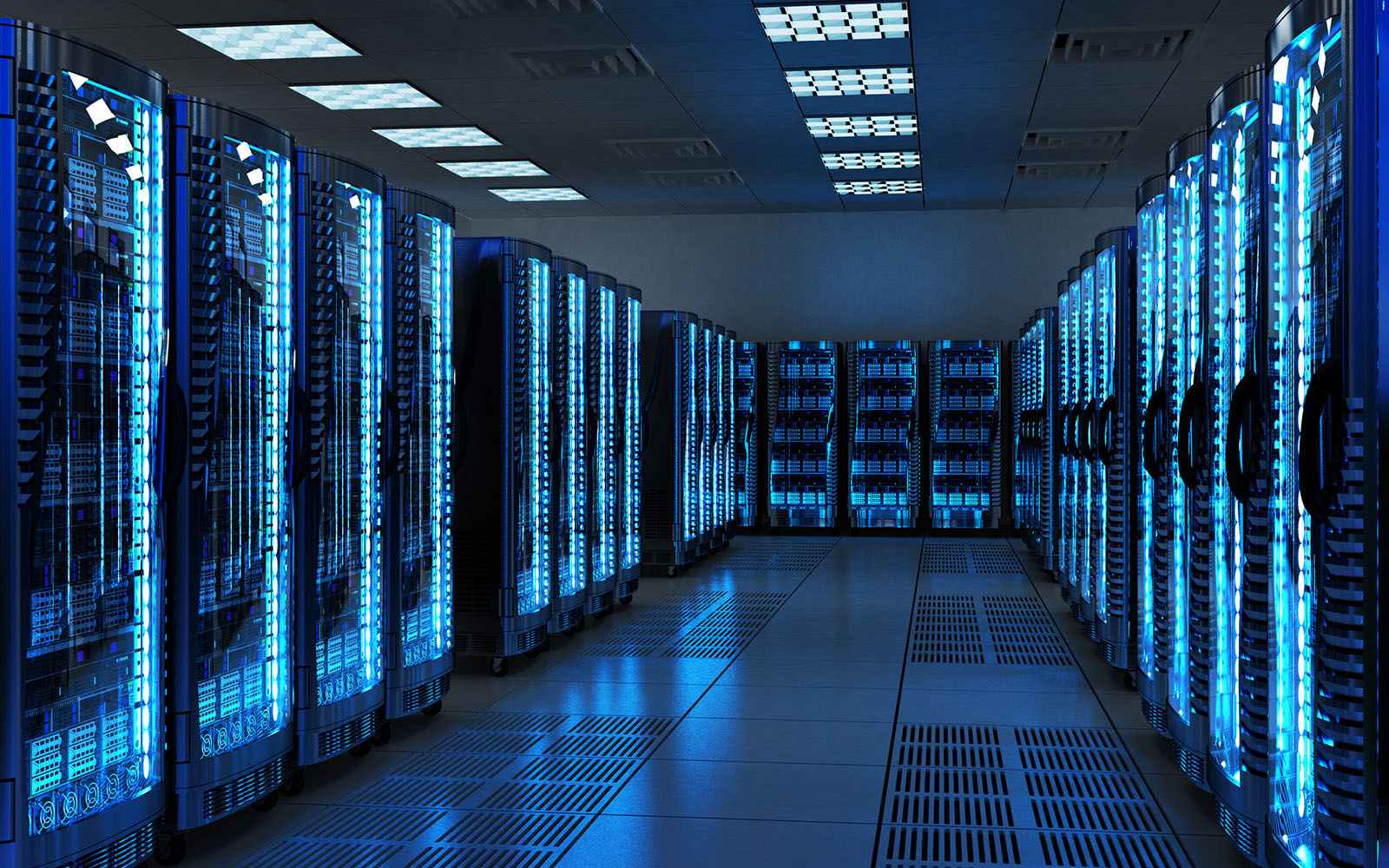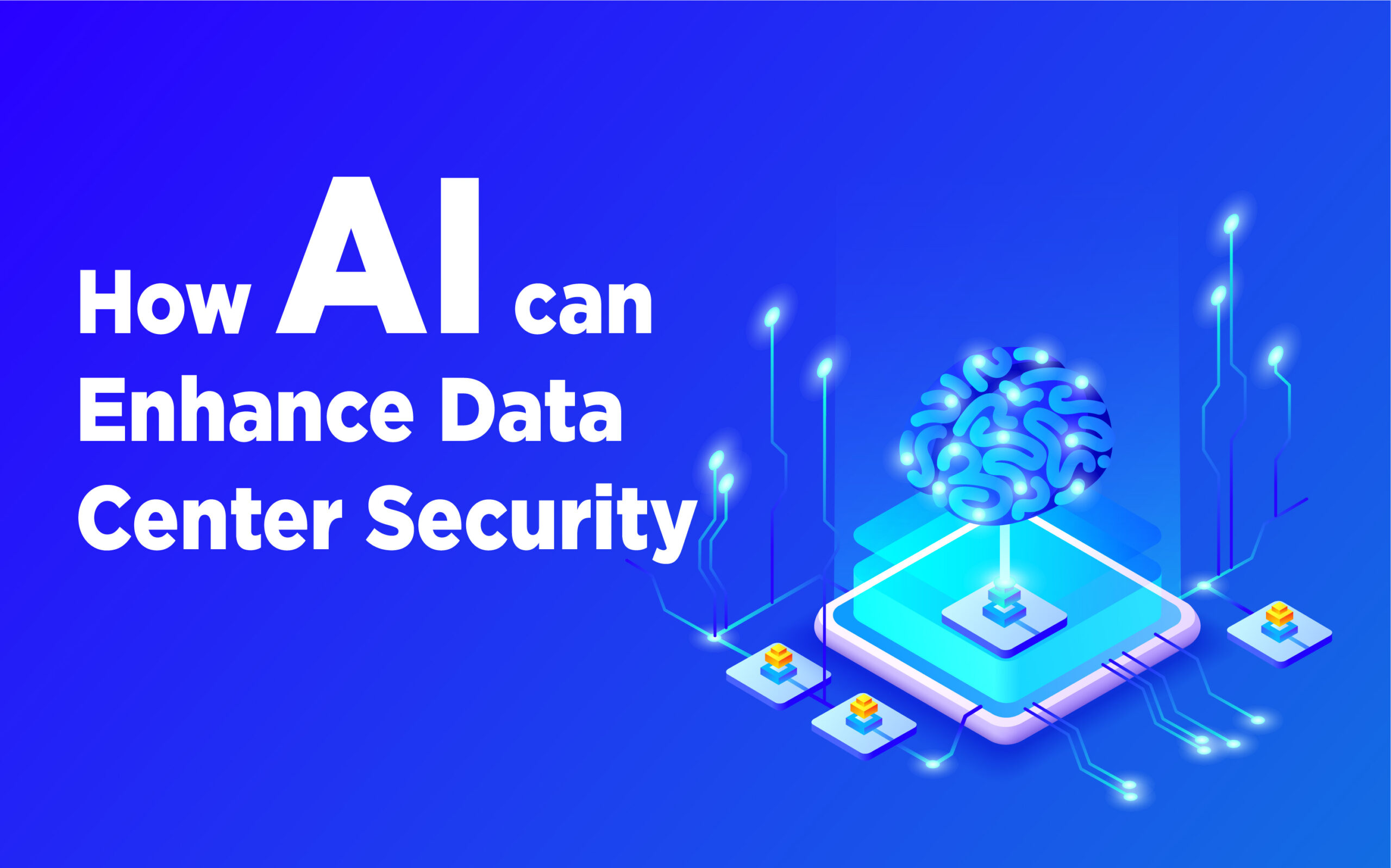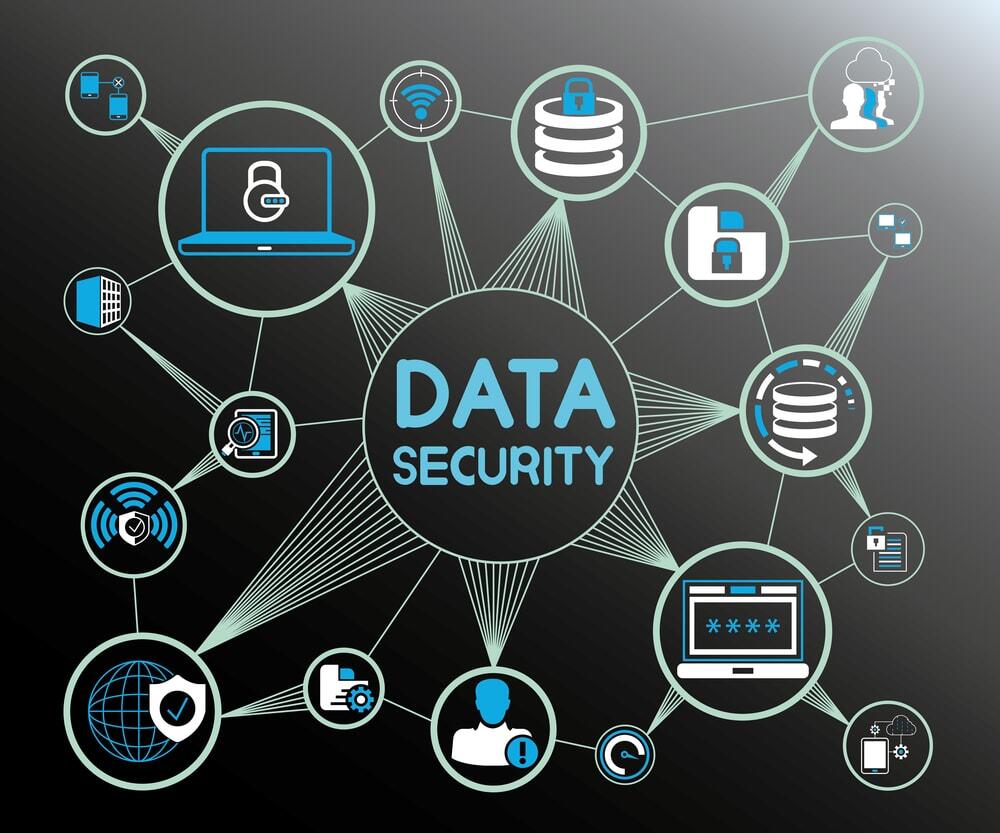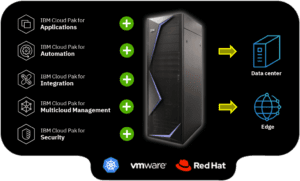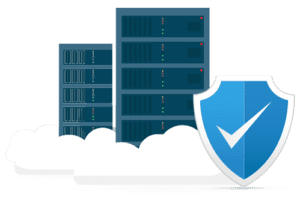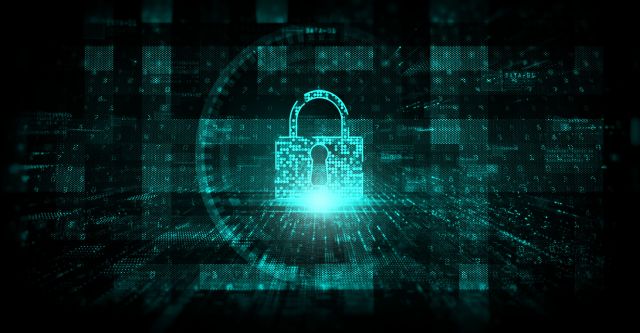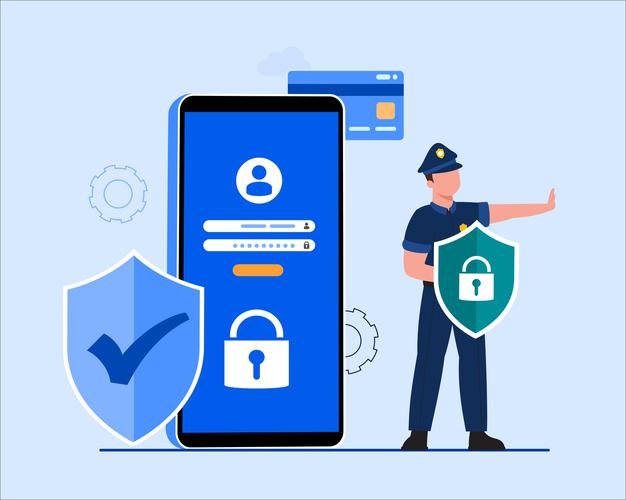What is Data Center Security?
Data Center Security refers to the physical and virtual protection of your data network and all connected technologies. Datacenter infrastructure is prone to cyber-attacks, data loss, and many attacks on databases like SQL injection, hacking, tailgating, intellectual property theft. You probably know that a data center is simply the storage facility for the IT infrastructure of your business.
Keep in mind that a data center provides many services, including data organization, processing, storage, data recovery, backup, etc. Data centers hold the most crucial technologies regarding the operations of your business. Your data center security and physical safety have to be considered as the topmost priority. Access to the data center and safety procedures have to get managed and maintained consistently.
Best Known Practices for Data Center Security
Mentioning all the datacenter security best practices, procedures, and methods is absolutely difficult because they are just too many. But don’t worry, this article will concentrate on the most important:
Physical Accessibility Security Control
Although there are several variables to devotional physical safety, the construction of the structure itself is a major consideration. You can dedicate a building to the housing of a data center, or additional services and offices independent of the data center. Protect it from internal and environmental threats. Add an area with little windows and bullet protective walls.
Other significant physical safety issues include on-site video monitoring, safety guards, and metal detectors, as well as tiered security methods adapted for protecting data sensitivity, security checkpoints, limited or single access, departure points, etc.
You’ll love this one,
The application of mantraps. This includes an airlock between two different doors, and both doors require authentication. Consider future extensions within the same limits Separate white-space support systems enable allowed employees to fulfill their functions. It also inhibits the unattended access of maintenance and service professionals.
Monitoring and Limiting Access Physically and Virtually
Secured spaces, in particular those with servers and vital assets, should never allow unauthorized employees access. To do this, data centers require various tiers of physical and digital access restrictions. Human error is a major area of caution, more especially for data centers.
The first safeguards that spring to mind are access cards and identity badges; even offices that do not possess data use them in their centers. Additional guarantees include ongoing background checks by allowed staff, weight scales, visitors entering and leaving the premises, and biometric locks.
All individually guarded areas need to get authenticated and accessed in over one way, as not all workers need to access every section of a data center. Biometric technology is an effective safety layer based on unique features of an individual, such as a fingerprint or a retinal scan. Besides conventional access cards, many businesses are implementing biometric-controlled locks.
You must implement specific security measures for each room and location, depending on the sensitivity of the data and equipment involved.
Regular Network Security Audits
Firewalls and IDs assist the monitoring and checking of traffic before reaching your internal network for perimeter safety. To enhance their defenses, a data center must frequently deploy access control lists. Most current firewalls have ACLs, which enable or restrict traffic to particular locations by analyzing the information in the header packet.
The firewall of a data center gets created by defining access control lists for particular interfaces.
The basic aim of a firewall is to block unauthorized access, and it works as the network’s initial defensive line, dividing its secured and unprotected sections. Just make sure you do not use the firewall as just a measure of security theatre.
Understand this;
Access control should highlight the monitoring of IP addresses and the establishment of various threat prevention services. Traffic monitoring should always be workable, and any menaces and background noise should get distinguished quickly.
Another significant aspect of network security in data centers is intrusion detection systems.
They can identify anomalous activities by users or phishing signs, DDoS assaults, and other common or sophisticated threats to the network. Authentication of two and three factors is also an important measure of network security. You must conduct penetration testing annually, or perhaps twice a year. And ensure to include a certified third party to help with pen-testing.
Protection of Data
All data must be heavily secured, monitored at all times and periodically backed up for efficient protection and storage during transport. In addition, all data security protocols must monitor current trends, approaches, and technology.
You must always pursue strong password restrictions and good cybersecurity and spread the culture in all staff who frequently interact with data.

